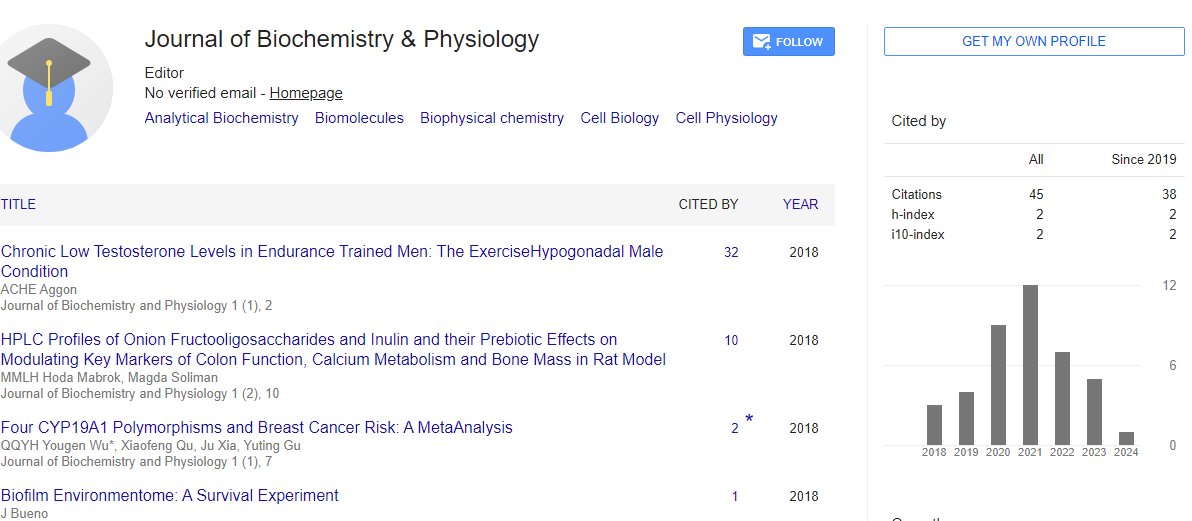Short Communication, J Biochem Physiol Vol: 4 Issue: 6
BIO-ENERGY FROM WASTE PAW-PAW FRUITS AND PEELS USING SINGLE MICROBIAL FUEL CELLS
Dr. Ihesinachi A. Kalagbor *
Chief lecturer and Director, Research & Development Centre, Ken Saro-Wiwa Polytechnic Bori
*Corresponding Author:Dr. Ihesinachi A. Kalagbor
Chief lecturer and Director, Research & Development Centre, Ken Saro-Wiwa Polytechnic Bori
Abstract
Most of the energy around the world comes from non-renewable sources, including coal, petroleum, oil and natural gases. Microbial fuel cells are an alternative source of generating electricity using microorganisms on biomass. Paw-paw is an example of biomass and commonly known as papaya fruit. It contains sugar and other ingredients with sufficient chemical energy that can be converted into electrical energy by means of redox reaction. The generation of electricity from waste pawpaw fruits and peels using microbial fuel cells, is one of the approach to meet the population demand for energy. The conversion of waste pawpaw into electricity would not only produce electricity but will also serve as one of the means of recycling waste that is causing environmental pollution. The graphite used for the electrodes we obtained from waste finger batteries. The results obtained from this research shows that the voltage and current produced from the 20 kg paw-paw waste was capable of lighting a 2V bulb. The decrease in voltage and current with time was as a result of decrease in the organic matter contents of the substrate used. The dissolved Oxygen (DO). Biochemical oxygen Demand (BOD) and Chemical Oxygen Demand (COD) decreased with increase in the duration of the of energy production. It has therefore shown that this fruit waste can be used to generate electricity. It is therefore recommended that more study should be carried out on production of electricity from fruit waste
Keywords: Biochemistry,Physiology
Biography
Dr. Ihesinachi A. Kalagbor obtained a Ph.D degree in Analytical Chemistry from University of Port-Harcourt, Rivers State Nigeria in 2006. She is a Chief lecturer and Director, Research & Development Centre, Ken Saro-Wiwa Polytechnic Bori. She has carried out a lot of research on heavy metals in water, soil, fruits, vegetables and crops. To date, she has supervised 96 students to graduation in Chemistry. She is involved with a team of researchers in her institution working on a pilot scheme for the generation of electricity using waste organic materials. She has published 33 papers in reputed journals. She is a Fellow of Institute of Chartered Chemistry of Nigeria (FICCON), Member, Royal Society of Chemistry (MRSC), Member, International Water Association (MIWA) and Affiliate Member of IUPAC. She is currently the coordinator, Women in Chemistry (WIC) Rivers Chapter, Nigeria.
 Spanish
Spanish  Chinese
Chinese  Russian
Russian  German
German  French
French  Japanese
Japanese  Portuguese
Portuguese  Hindi
Hindi 